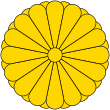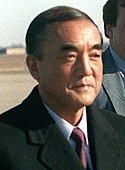
The National Diet is Japan's bicameral legislature. It is composed of a lower house called the House of Representatives, and an upper house, called the House of Councillors. Both houses of the Diet are directly elected under parallel voting systems. In addition to passing laws, the Diet is formally responsible for selecting the Prime Minister. The Diet was first convened as the Imperial Diet in 1889 as a result of adopting the Meiji Constitution. The Diet took its current form in 1947 upon the adoption of the post-war constitution, which considers it the highest organ of state power. The National Diet Building is in Nagatachō, Chiyoda, Tokyo.

The House of Representatives is the lower house of the National Diet of Japan. The House of Councillors is the upper house.

The House of Councillors is the upper house of the National Diet of Japan. The House of Representatives is the lower house. The House of Councillors is the successor to the pre-war House of Peers. If the two houses disagree on matters of the budget, treaties, or designation of the prime minister, the House of Representatives can insist on its decision. In other decisions, the House of Representatives can override a vote of the House of Councillors only by a two-thirds majority of members present.
The Japanese political process has three types of elections: general elections to the House of Representatives held every four years, elections to the House of Councillors held every three years to choose one-half of its members, and local elections held every four years for offices in prefectures, cities, and villages. Elections are supervised by election committees at each administrative level under the general direction of the Central Election Administration Committee, an attached organization to the Ministry of Internal Affairs and Communications (MIC). The minimum voting age in Japan's non-compulsory electoral system was reduced from twenty to eighteen years in June 2016. Voters must satisfy a three-month residency requirement before being allowed to cast a ballot.

The People's New Party was a Japanese political party formed on August 17, 2005 in the aftermath of the defeat of Prime Minister Junichiro Koizumi's Japan Post privatisation bills which led to a snap election. On March 21, 2013 party leader Shozaburo Jimi announced that he was disbanding the party.

Elections for the Japanese House of Councillors were held in Japan on 23 July 1989.

House of Councillors elections were held in Japan on July 8, 1956 electing half the seats in the House plus two vacant seats in the other half. The Liberal Democratic Party won the most seats, but failed to win a majority. It was the first national election under the 1955 System, approximately a two party system of Ichirō Hatoyama's Liberal Democratic Party (LDP) that was created in the "conservative merger" of 1955 and Suzuki Mosaburō's reunified Japan Socialist Party (JSP). The later dominant LDP failed to win a majority.
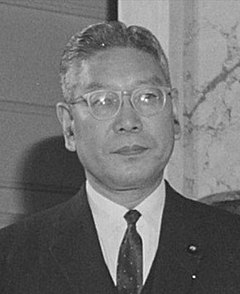
House of Councillors elections were held in Japan on 1 July 1962, electing half the seats in the House. The Liberal Democratic Party won the most seats.

Elections for the Japanese House of Councillors were held in Japan on 29 July 2001. It was the first national election since Junichiro Koizumi was appointed as prime minister after Yoshiro Mori resigned in April 2001. The Liberal Democratic Party (LDP) and its election allies, were the major winner, provided Koizumi a strong mandates to move forward with his reform policies. The ruling coalition performed well, and regain their majority in the House of Councillors.

Elections for the Japanese House of Councillors were held in Japan in 1980. On 16 May 1980, the Japan Socialist Party (JSP) brought no-confidence motion before the Diet relating to corruption issues, proposing more defense spending and rises in public utility charges as reasons for the House of Representatives to withdraw its backing from the government. Unexpectedly, 69 Liberal Democratic Party (LDP) members of the Diet from the Fukuda Takeo, Miki Takeo and Hidenao Nakagawa factions abstained from voting on the motion. The government was defeated by 56 votes in total of 243 and resigned. For the first time elections for both the House of Councillors and the House of Representatives were called in June 1980. In the elections of both the houses the LDP gained a perfect majority.
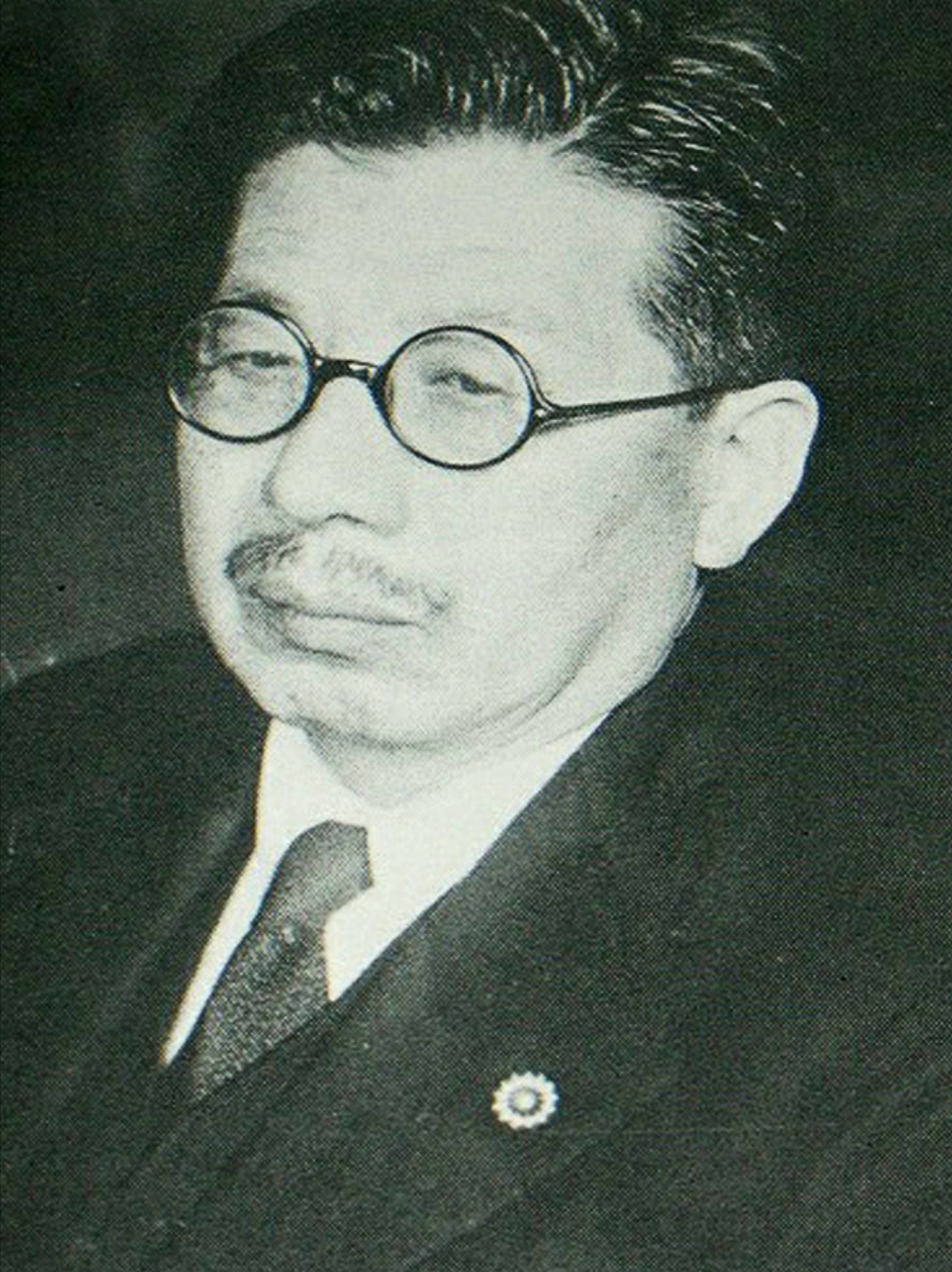
House of Councillors elections were held in Japan on 20 April 1947. The Japan Socialist Party won more seats than any other party, although independents emerged as the largest group in the House. Most independents joined the Ryokufūkai parliamentary group in the first Diet session making it the largest group, and Ryokufūkai member Tsuneo Matsudaira was elected the first president of the House of Councillors.
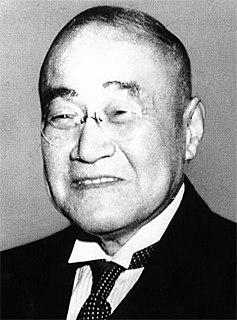
House of Councillors elections were held in Japan on 4 June 1950, electing half the seats in the House. The Liberal Party won the most seats.

House of Councillors elections were held in Japan on 24 April 1953, electing half the seats in the House. The Yoshida faction of the Liberal Party won the most seats.

House of Councillors elections were held in Japan on 2 June 1959, electing half the seats in the House. The Liberal Democratic Party won the most seats.

House of Councillors elections were held in Japan on 4 July 1965, electing half the seats in the House. The Liberal Democratic Party won the most seats.

House of Councillors elections were held in Japan on 7 July 1968, electing half the seats in the House. The Liberal Democratic Party won the most seats.

House of Councillors elections were held in Japan on 27 June 1971, electing half the seats in the House. The Liberal Democratic Party won the most seats.
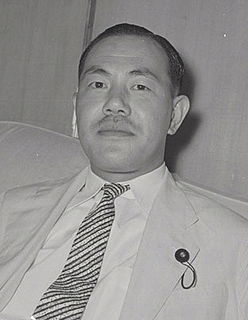
House of Councillors elections were held in Japan on 7 July 1974, electing half the seats in the House. The Liberal Democratic Party won the most seats.
The Liberal Party is a political party in Japan. It has 2 out of the 475 seats in the House of Representatives, and 3 in the 242-member House of Councillors. Formed as the People's Life Party in December 2012, it changed its name to People's Life Party & Taro Yamamoto and Friends in December 2014. The party adopted its current name in October 2016 in preparation for an expected general election in early 2017.

The 25th regular election of members of the House of Councillors will be held on July 2019 to elect 124 of the 245 members of the House of Councillors, the upper house of the then 710-member bicameral National Diet of Japan, for a term of six years.
